Acrylic painting has become a popular painting medium for artists. While its historical use dates back to just the middle of the 20th century, this relatively young medium stands proudly among the other popular media such as watercolor and oil. Acrylic is a versatile substance, which can be applied to a wide variety of surfaces, is water-based, and quick-drying, making it an ideal option for various artists. When it comes to safety and environmental concerns, this medium does not rely on toxic solvents to bring out its full application potential. If you are an artist or someone interested in starting an art project, you will find acrylic painting interesting. We’ll discuss below the important details you need to know about acrylic painting to help you get started.
What is Acrylic Paint?
The acrylic paint was first made in the 1950s and is made from synthetic resin and pigment particles that are dispersed in a polymer emulsion. It can be diluted in water and its consistency can be thin or thick depending on the amount of water you add to it. It dries quickly and is versatile when it comes to its applications. It can resemble an oil painting or a watercolor painting or can have its distinct quality, depending on how the artist uses the medium.
Applications of Acrylic Paint
Because of its many favorable qualities, the applications of acrylic paint doesn’t just limit itself to painting. Over the years, it has found notable use in photography, arts, and other applications that deal with colors and prints.
Photo Prints
The introduction of acrylic photo printing has revolutionized and changed the landscape of photographic printing. The acrylic printing process can be done in two ways – through the face mount process and direct-to-surface printing. The former is a more complicated process as it involves printing onto paper and then face mount to the acrylic. The print and the acrylic (with varying thickness of 1/8, 1/4, 1/2, or 1″) adhere together. Essentially, the printed paper is placed in between a Dibond backer and an acrylic face. The acrylic face gives the printed material its vibrancy and depth. Direct-to-surface printing works in the same way as printing photographs. However, the surface and material quality can bring out the best color vibrancy in acrylic prints. Thus, the metallic paper is recommended for achieving such vibrant colors.
Another printing process that rivals acrylic photo printing and is worth a mention here is the canvas printing process. Historically, the process behind this printing method used an offset printing style. The modern process, according to the folks from Canvas Prints, uses dye sublimation or inkjet printers. This process delivers an image that looks like an old-fashioned look that resembles an oil painting, which is admired by many people.
While the application of acrylics is relatively younger than the historical process of canvas printing, their digital transformations can be traced in the same era, which is about two decades ago. It was in the 1990s where the digital processes of creating canvas and acrylic photo prints were first developed.
Acrylic Wall Painting
The water-based and quick-drying properties of acrylic paint has found good use in the construction industry. Aside from the ease of preparation and thinning, the acrylic paint’s solubility in water makes it a healthy and environment-friendly paint option for homes, buildings, and other structures. It becomes a water-resistant paint once it is dry. It also has high adherence to most surfaces but has found popular use as concrete paint in many infrastructures. These qualities make the acrylic wall paint a reliable paint type for indoor walls as well as outside walls. The consistency and thickness of an acrylic wall paint depend on the amount of water that mixes with the paint. If you prefer to coat your wall paint twice, this paint is a great option for the body or thickness of the painting project. Heavy and viscous paint is recommended as the first coating layer, as it provides a good foundation for the next coating. It also adheres to the wall surface more readily than thin paint, making it a good paint to be overlapped by a second coating. The second coating can carry the desired effect of the paint to your wall. If you want a glossy finish, you can mix into your second paint coat a commercial glazing liquid, a polyacrylic varnish or polyurethane varnish. If you prefer a flat, non-reflective look yet elegant and stylish wall color, a mixture of polyacrylic varnish in controlled amounts can give a nice color depth to your wall without making it too glaring. The important thing to consider in selecting a glossy or flat finish is the frequency of sun exposure and the angle at which the sunlight passes through.
Mural paintings are the artistic variations of a standard wall painting. The wall is considered as one big canvas by the painter, wherein different images, themes, and the scenes can be painted on the wall. Due to the large surface, conventional painting tubes or small cans can be wasteful. Instead, you can select pint-sized or gallon-sized paint colors and mix the primary colors to create new colors that fit your mural art colors.
Acrylic Painting
Painting with acrylics can take some degree of adjustment if you are not used to this medium or if you are transitioning from another medium like oil or watercolor. Nevertheless, it shouldn’t be that difficult once you get to know how it works and how it interacts with other art materials. Artist David Hockney championed this method of painting in the 1960s, which sparked the interest in the new medium and paved the way for a new concept when it comes to painting.
Basically, here are a few key concepts when it comes to acrylic painting:
- This water-based medium cannot be mixed with oils due to their chemical incompatibility.
- Its quick-drying quality can prompt you to adjust your painting techniques if you want to apply oil-painting techniques using this medium. Scumbling and dry-brush techniques can be applied, but wet-into-wet techniques (wet paint blended with or applied to other wet paint) in oil painting can be difficult to apply with acrylics.
- When using traditional watercolor techniques using acrylics, remember that while they are both relatively quick-drying, adjustments or rehydration of dried acrylic is not possible, unlike in watercolor.
- It is not recommended to paint oils over acrylics, even though it is physically possible. The layers may become unstable due to their difference in surface adherence. Also, the two mediums have different reactions to environmental conditions such as temperature and humidity changes, which can cause the layers to separate.
Acrylic paints also have qualities that make them more preferred by other painters over other mediums. One such quality is permanence. It is just as permanent as oil paints but retains the colors and depths better over time. Since it is water-based and doesn’t use other solvents, it keeps its clean look and doesn’t have the yellowish or brownish stain that oil paintings have as they become older.
Mediums, Additives and Other Substances
As mentioned earlier, learning about the dynamics of acrylics and how it interacts with other art materials is essential in creating quality works of art. Acrylics have varying viscosities or “bodies”. The soft or medium body is smooth, soft, and creamy, which makes it ideal for finishing colors or for thin painting surfaces. The heavy body has a thick consistency, with a buttery texture and brushstrokes are visible when using this body. It is great for wood, hardboard, or large canvas. Super or extra heavy body is very thick and readily holds the imprint of an artist’s brush or palette knife, which makes it for impasto painting applications.
Here, we’ll discuss more the different types of acrylic mediums, gels, varnishes, and additives and the roles they play in acrylic painting.
- Medium – A gel, liquid or paste that is mixed into the acrylic paint for thinning, glazing, or adding color depth. It also is used as an adhesive for working with mixed media and collages.
- Gloss medium – used for enhancing the natural luminosity and sheen of acrylic paint. The effect is a glossy shine when the paint dries.
- Matte medium – used for achieving and non-reflective and subtle paint finish. Acrylic paint already has a natural gloss, so the output you make with a matte medium isn’t flat.
- Gel medium – used to give your paint a thicker consistency to retain brush strokes. It also improves the adhesive property of the paint, which makes it suitable for impasto techniques and collage works.
- Blending medium – used for thinning the paint and also increasing the paint’s open time or the time that the paint is wet. This is ideal for blending colors and wet-into-wet techniques similar to traditional oil painting.
- Gels and pastes – These are added to paint to introduce or improve texture, retain or increase paint thickness, adding transparency, or increasing the drying time of the paint.
- Modeling paste – also called molding paste, it works like a gel medium but creates a thicker and harder paint. It can be used to create a three-dimensional painting by building up a relief that can be sanded, carved, or sculpted once the paint dries.
- Heavy gel – adds texture to the paint. It allows the paint to hold its peaks, much like the consistency of icing.
- Texture gel – added to the paint to imitate certain textures such as glass beads, ceramic stucco, or sand. It enhances the feel and visual appeal of certain artworks.
- Retardant – Works in the same way as a blending medium, which slows the drying time of acrylic paint. This makes the paint behave more like oil paint, which can allow you to apply oil painting techniques.
- Varnish – Varnish is applied to finished acrylic artwork to preserve the artistic quality of the work for a long time. It provides a dust-resistant and protective covering to the dried acrylic paint, which also helps protect the painting from the damaging effects of ultraviolet light. If you want to use a varnish that creates a removable layer, then choose a non-acrylic material varnish such as a mineral spirit varnish.
The important thing about your paint materials, mediums, additives, and substances is that you should ensure that all these are of professional grade. It’s understandable to start with less expensive materials, but as your painting skill gets better, you need professional-grade materials to keep up with your more complex color schemes and techniques.
Painting Tools and Supplies
Knowing the right tools and supplies for your acrylic medium can make your work easier and smoother, without being hampered by interruptions. This medium still pretty much follows the same types of tools and supplies in other mediums, but there may be certain variations and specifications.
- Brushes – brushes made of animal hair are not recommended for acrylic painting because acrylic paints have a thick consistency that can be hard on soft animal hair bristles. Nylon and other synthetic materials are recommended paintbrush materials due to their durability and flexibility. Soft brushes are recommended for thinned paints or paints with soft bodies. For thick or heavy body paints, a stiff brush is the recommended option.
- Painting surfaces – the good thing about acrylic paints is that they adhere to nearly every type of surface as long as it is non-greasy. The artist’s canvas is still the widely used surface type used by artists. Other recommended surfaces include a fiberboard, a hardboard, or a heavy (400 lb) watercolor paper that has been treated with an acrylic dispersion primer.
- Palette – another important tool is the artist’s palette due to the tool’s capacity for holding multiple paint colors that are used for painting. Care should be taken in selecting your acrylic painting palette. A wooden palette is not recommended because it absorbs water, which speeds up the drying of the paints on the palette. Instead, select plastic palettes, or improvise by using thicker glass or a plastic cutting board as your palette. These palettes are water-resistant, which are ideal for retaining the moisture of the paints.
Acrylic painting can be a wonderful type of art project to get started on. Whether you are a beginner or an experienced painter, it helps to know the basic concepts, background, and tips on this medium first before proceeding to explore and experiment with it. The basic tips and techniques in acrylic painting involve the right amount of paint, the use of quality materials, and exploring the availability of other acrylic paints and related products to help expand your artistic horizons.
The post Everything You Need to Know About Acrylic Painting appeared first on YourAmazingPlaces.com.
from YourAmazingPlaces.com https://ift.tt/2UjVBej
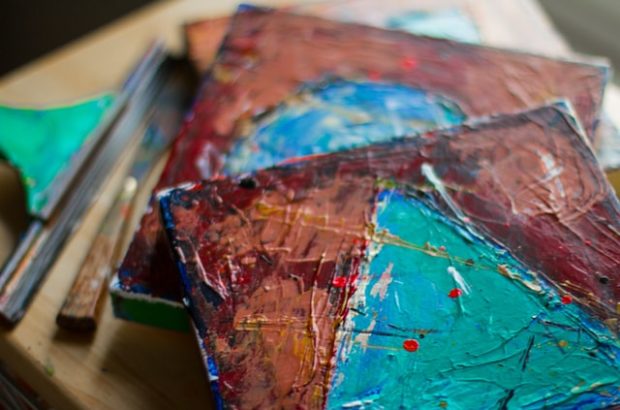
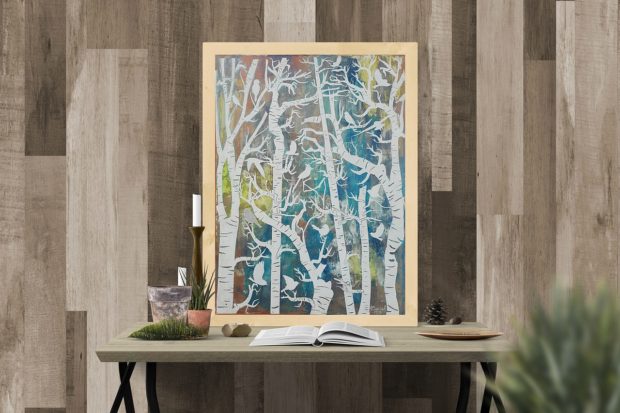

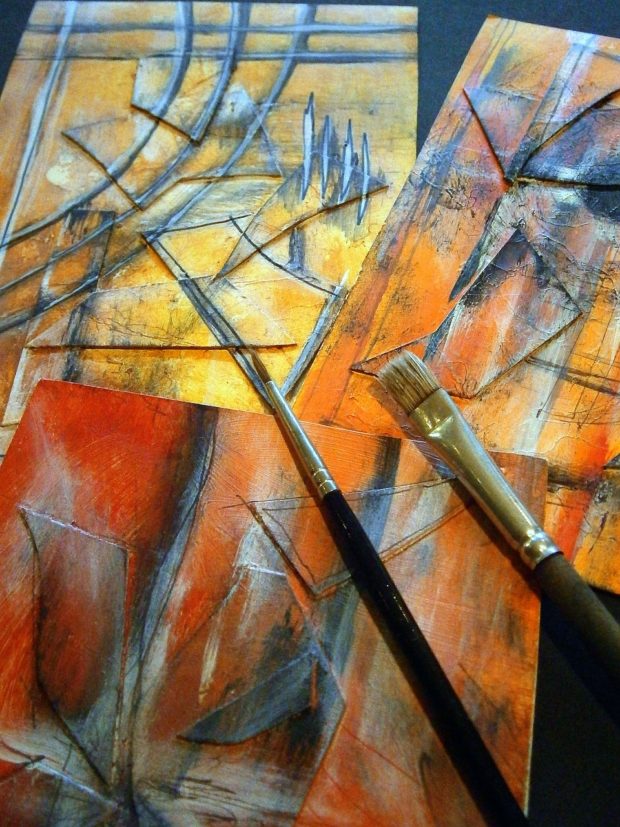
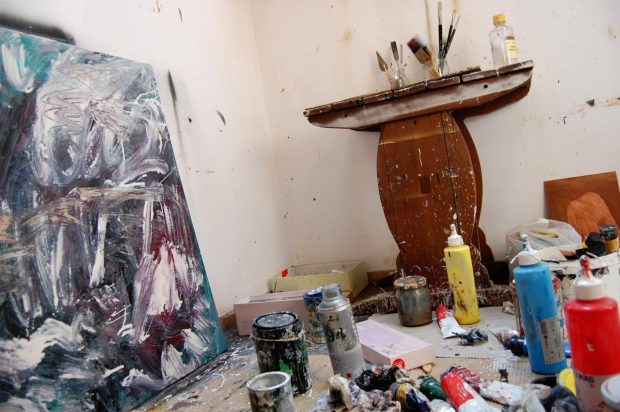

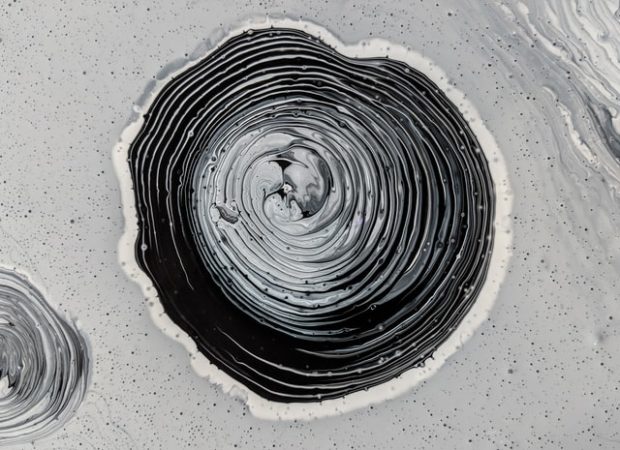









0 comments:
Post a Comment
Click to see the code!
To insert emoticon you must added at least one space before the code.